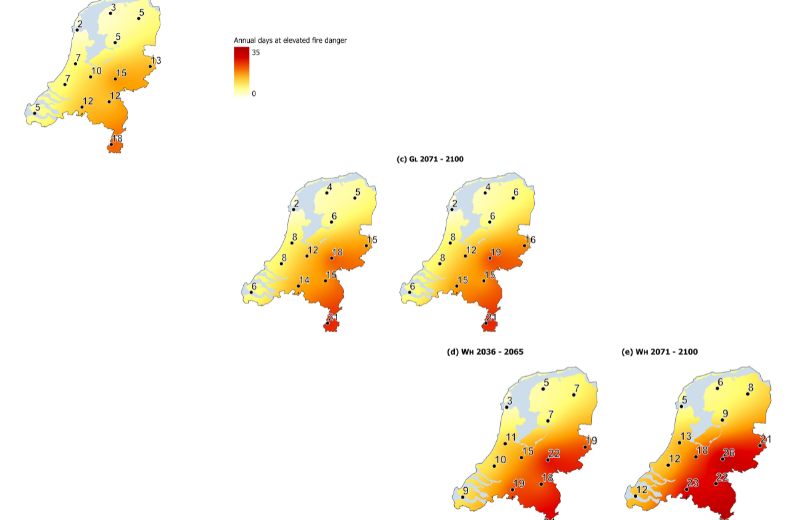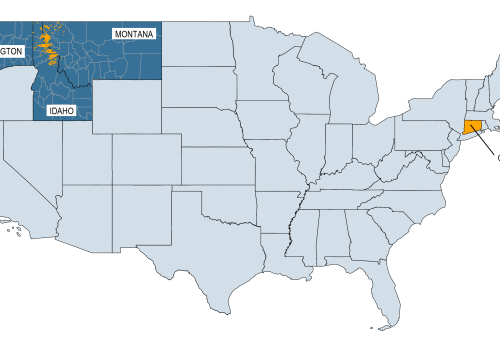
PyroLife is proud to announce the publication of the research article titled ‘Increasing fire danger in the Netherlands due to climate change’ in the International Journal of Wildland Fire. This study is led by Hugo Lambrechts, a PyroLife Early Stage Researcher at Wageningen University & Research. His research sheds light on the escalating fire risks in the Netherlands as a result of climate change.
Hugo assessed both historical and future trends in fire danger in the Netherlands. The study employs the Canadian Fire Weather Index (FWI) and the Fine Fuel Moisture Code (FFMC) to evaluate fire danger, integrating historical weather data and climate projections to offer a profound understanding of fire risk dynamics in the region.
I was looking for some climate scenarios to see how fire danger will look and thought it would be interesting to use the Dutch climate scenarios for this as there were some projections in the European Forest Fire Information System (EFFIS).
The analysis reveals a notable increase in the number of days at elevated fire danger over the past four decades, with a projection of a continued rise under future climate scenarios. Specifically, the study indicates that the number of days with elevated fire danger is set to double by mid-century compared to the reference period of 1981-2010, particularly under high emission scenarios. Remarkably, the elevated fire danger days observed in the last decade are already comparable to predictions for 2085, suggesting that current climate change scenarios may underestimate future fire danger.
This research underscores the urgent need for the Netherlands to prepare for an increasing number of days conducive to wildfires. The implications of these findings are significant, not only for fire management strategies but also for broader climate adaptation policies. The study calls for enhanced wildfire prevention and suppression strategies, emphasising the role of scientific research in informing policy and practical measures to mitigate fire risks. So far, Hugo’s findings are included as a case study in KNMI’23 Climate scenarios, a report produced by the Royal Netherlands Meteorological Institute (Koninklijk Nederlands Meteorologisch Instituut, KNMI) explaining new climate scenarios (see the document in English and Dutch).
The PyroLife ITN has provided an invaluable platform for Hugo to engage with colleagues and leading experts, who helped him by providing resources and insights into fire danger in Dutch climate scenarios: PyroLife colleagues; master’s student Raoul Sooijs; the senior researcher involved in this study and PyroLife Coordinator Dr. Cathelijne Stoof; and colleagues from the Netherlands Institute for Public Safety and the Catalan Fire and Rescue Service.
Potential future lines of work include improving fire danger and fuel rating systems in collaboration with the UK because some of the thresholds for fire danger Hugo used are similar to those used there. Also, enhancing public risk awareness.
It could be interesting to see how to better communicate these long-term changes to society, agencies and policymakers in a region with emerging wildfire risk. There is already some good work on climate information services being done by Klimaateffectatlas, including wildfire.



Leave a Reply